Howard Friedland is featured in the brand new PaintTube.TV art video workshop, “Painting Waterfalls in Oil.”
How to Paint Waterfalls
BY HOWARD FRIEDLAND
What is it about water that sparks our imaginations? It’s something very primal in humans that draws folks to paintings that include bodies of water, oceans, rivers, streams and, yes, waterfalls. People will hike miles to get a view of an awesome waterfall. Artists carry gear and climb steep, rocky trails to paint them. At times, I have even set up in very precarious situations to get the best angle to view my composition.
Waterfalls have movement. They can be thunderously crashing and loud or have delicate trickles that drip down from cliffs. They can tumble gently over boulders in a river or drop precipitously from great heights.
In any form, as artists, our goal is to capture the essence, the glistening light and animated nature of falling water.
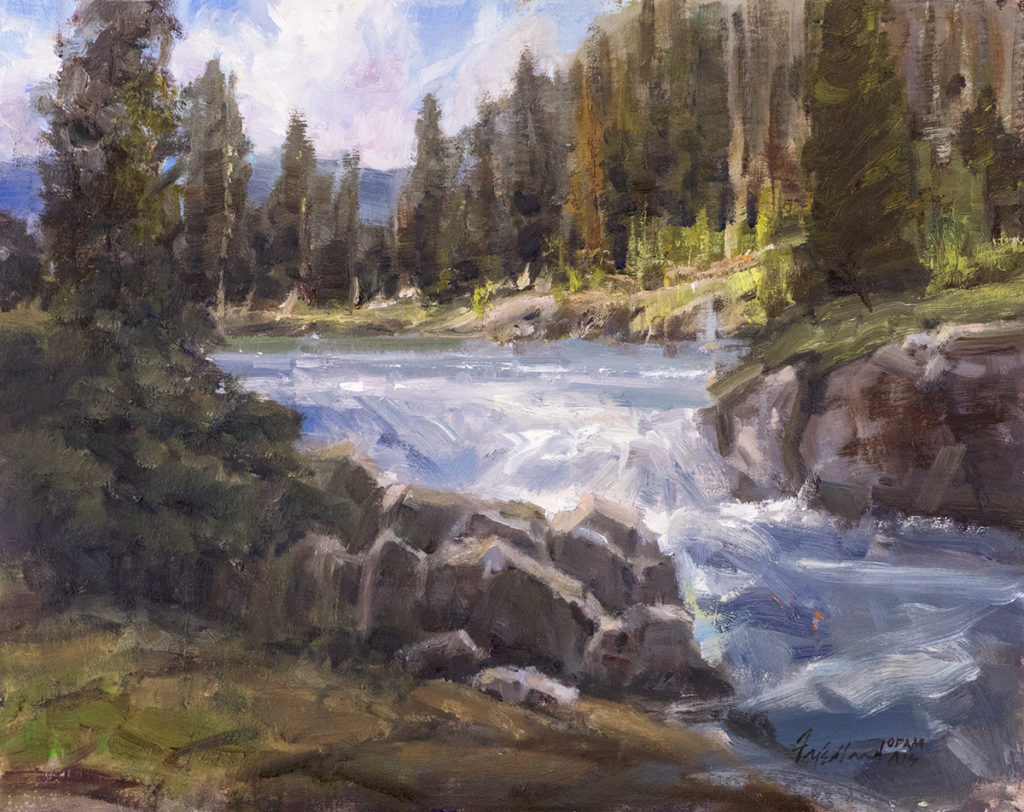
A few words about creating a sense of transparency with oil paint: Oil paint is considered to be an opaque medium. Unlike watercolor, where it is possible to overlay one color over another to create the illusion of transparency, oil paint must be applied differently.
It is absolutely possible to create the illusion of transparency by placing the right spot of color next to another spot of color that is also correct. Using this method, you can make water or glass look very transparent.
Also, a note about paint texture. Another way to enhance your painting is to have a variety of “paint dynamics” in your painting. This means creating an interesting surface quality in your work. Viewers (especially other painters) love to get up close to see brush techniques.
If you keep your paint thin and mysterious in the shadows and thick and juicy in the light, you are using the paint itself to create another visual dimension. The French impressionists had a name for this technique; it’s called “touche” (toosh). It means the “Artist’s Touch.” ~H. F.
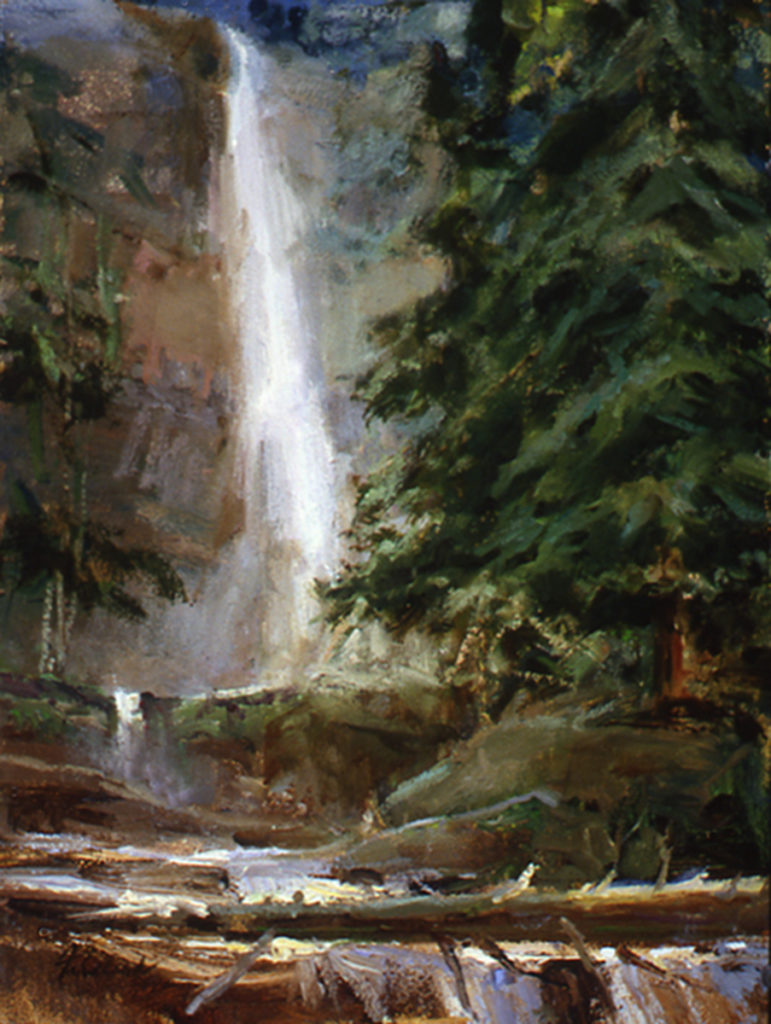
Fun side note! Howard is married to the artist Susan Blackwood; they’ve shared a home and studio in Montana for many years. Learn more about Howard at howardfriedland.com, and click here to how to paint waterfalls: “You’ll learn practical ways of starting, developing and finishing a painting of a beautiful waterfall.” ~ Howard Friedland
Do you have a favorite waterfall you’ve painted, or would like to? Tell us about it in the comments section below!
Visit EricRhoads.com to find out all the amazing opportunities for artists through Streamline Publishing, including:
– Online art conferences such as Plein Air Live
– New video workshops for artists
– Incredible art retreats
– Educational and fun art conventions, and much more.
> Subscribe to Plein Air Today, a free newsletter for artists
> Subscribe to PleinAir Magazine so you never miss an issue

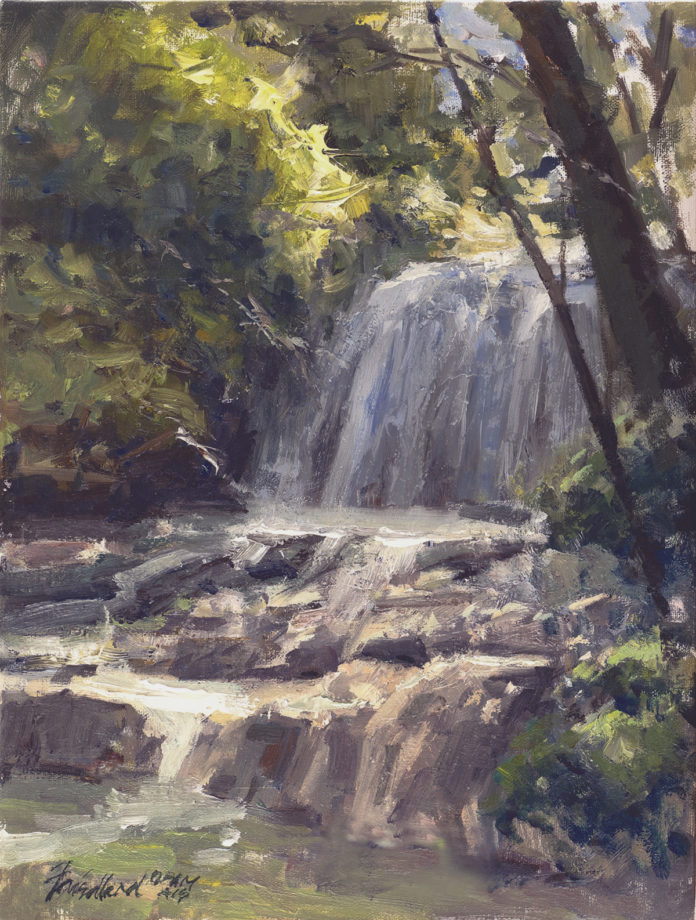

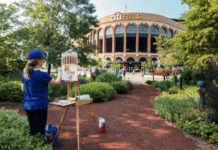

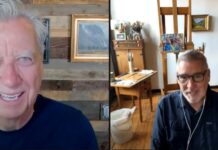
During a hot summer competition I sought out a little known fall in Maryland called Kilgore, hiked the path down with my gear and canvas, had to cross a stream to get to the spillway. Best painting day ever!! I have great pictures! Getting the wet painting back to the car was the biggest challenge. I then doubled back with a second canvas to get one more done!
After 10 years of going to the Adirondacks during the Publisher’s Invitational, it still never gets old painting the spectacular waterfalls there. I’m a sucker for waterfalls, ocean waves or any kind of moving water. Clearly one of my favorite subjects to paint. Of course another form of water that fascinates me is clouds. They are like God’s fingerprints, no two alike!
Great point about texture and brush techniques. As a Michigan resident, I have traveled frequently to the Upper Peninsula to explore the best of its 300 waterfalls. Each has such a distinct character and an artist has the opportunity to express the key features and nuances of these beauties. My medium is pastel, which offers the chance to use broad, expressive strokes to convey rushing water and the dynamic action of the torrent. It’s a blast! You can find many pastel waterfalls on my website.
Reading your post helped me put more waterfalls on my list to paint. Your work is beautiful!
The Little Carp River in the upper Peninsula of Michigan gave me a chance to photograph and paint some beautiful waterfalls. Four days of hiking along this gorgeous stream with its numerous waterfalls has been a visual highlight for me. Not crowded, quiet, with a calming light shining down on the river…I was in heaven.
I was asked to participate in a video done for Haliburton County tourism to promote the waterfalls in the area. 6 hrs of on site video including a record of a 2 hr plein air and a 2 hr interview of the hows and the whys of plein air and particularly why waterfalls. All to be edited down to 5-7 min. A great experience.
Do you have a link to the video?
I am planning to start videoing my waterfall painting excursions. I was planning on going with GoPro, since I can hook it on my body, but I was wondering what system you use. I’ll be hiking decent distances 4-5 miles, so I don’t REALLY want ANOTHER tripod to carry. I paint waterfalls in the middle TN /upper GA areas.